




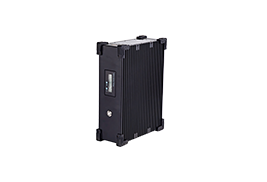
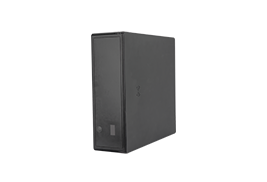

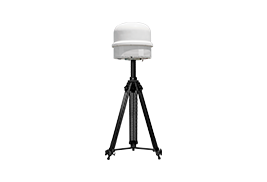

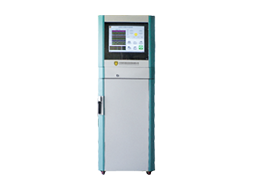


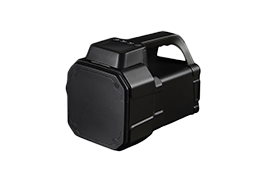
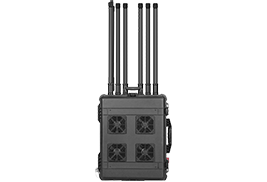
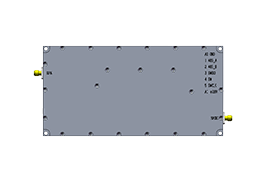
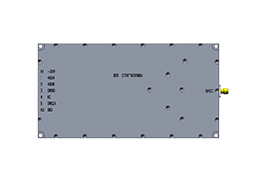
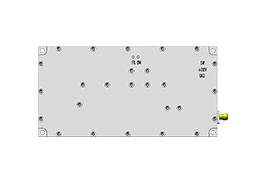
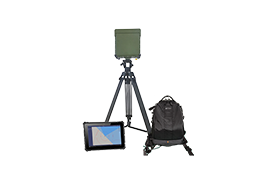

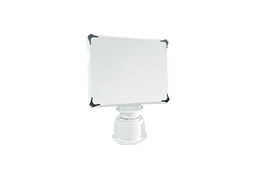
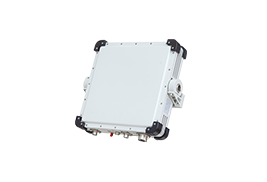



 X
X







 GLOBAL / ENGLISH
GLOBAL / ENGLISH

In today's era where drone technology is becoming increasingly prevalent, governments and military institutions around the world are actively seeking measures to address the accompanying security challenges. Recent news reports have highlighted this trend, showcasing the urgent global need for Counter-Unmanned Aerial Systems (C-UAS) and their rapid development.
News One: Visionary Machines to Develop C-UAS Technology for the Australian Department of DefenseAccording to Defence Connect, Visionary Machines has secured an innovation contract to develop its Pandion Counter-Unmanned Aerial and Autonomous Systems passive 3D multispectral perception sensor technology. The contract was signed following the company’s successful proposal at the 2023 Army Innovation Day, an initiative by the Australian Department of Defense. This program collaborates with the Australian Army and the Advanced Strategic Capabilities Accelerator (ASCA) to challenge the industry to solve complex problems for the Army. Visionary Machines successfully secured a Phase II technology demonstration contract applicable to all three Counter-Robotic and Autonomous Systems (C-RAS) capability themes, including counter-air, counter-ground, and counter-coastal and river RAS. The Pandion C-RAS passive 3D multispectral perception system is an optical system used for drone detection, suitable for multiple vehicle and fixed array applications. It is designed to track targets at a considerable distance from the ground or near-ground, including unmanned aerial systems, unmanned ground systems, and unmanned water systems.
News Two: Grand Forks County and GrandSKY Launch ULTRA Project to Enhance DoD UAS/UTM CapabilitiesGrand Forks County in the United States has collaborated with GrandSKY to launch the ULTRA project (UAS Logistics, Traffic, Research, and Autonomy), aimed at enhancing the Department of Defense (DoD) capabilities through advanced Unmanned Aerial System (UAS) technology. The ULTRA project is a collaboration between federal organizations and private entities, including NASA, the Air Force Research Laboratory, and MITRE. The initiative aims to leverage UAS technology to promote logistics and traffic management within the National Airspace System (NAS). The project, contracted to a service company based in Washington, is part of a five-year indefinite delivery/indefinite quantity (ID/IQ) contract with a ceiling of $18.25 million. Task orders will be issued to determine specific projects and funding details, with Task Order 01 valued at $2,480,281 starting at the end of May and concluding on September 30, 2024. The project aims to enhance airspace situational awareness and traffic management within the NAS through testing and evaluating unmanned traffic management and other traffic management systems. It will develop replicable and scalable logistics and resupply systems to transport to remote military locations, using beyond visual line of sight (BVLOS) capabilities to create scalable service models for various DoD facilities. Small Unmanned Aerial System (sUAS) capabilities will be integrated into the project, and scalable Counter-Unmanned Aerial Systems (C-UAS) technologies will be developed to enhance the physical security measures of military facilities and combine C-UAS technology with traffic management. The Northern Plains Unmanned Aerial Systems Test Site will provide critical support for route modeling, drone selection, and Federal Aviation Administration coordination.
News Three: Canadian Armed Forces to Deploy CACI C-UASCACI International Inc has been selected by the Canadian Armed Forces to deploy a Counter-Unmanned Aerial System (C-UAS) that will counter the increasingly complex and lethal threats posed by unmanned aerial vehicles, including small drones. Under the contract, CACI will provide a Detachable Omnidirectional System (DODS), designed for easy and rapid deployment and readiness. The company's counter-unmanned aerial technology suite, SkyTracker®, includes a small, lightweight, low-power integrated platform; fixed, mounted, and detachable; and operationally tested against various threats. This contract will enable Canadian soldiers to use a key portable component of the CACI SkyTracker suite, BEAM™, as part of their layered defense solution to detect, track, and defeat drone threats.
Disclaimer: This news article is intended for technical and academic sharing only and does not express any biased opinions.












